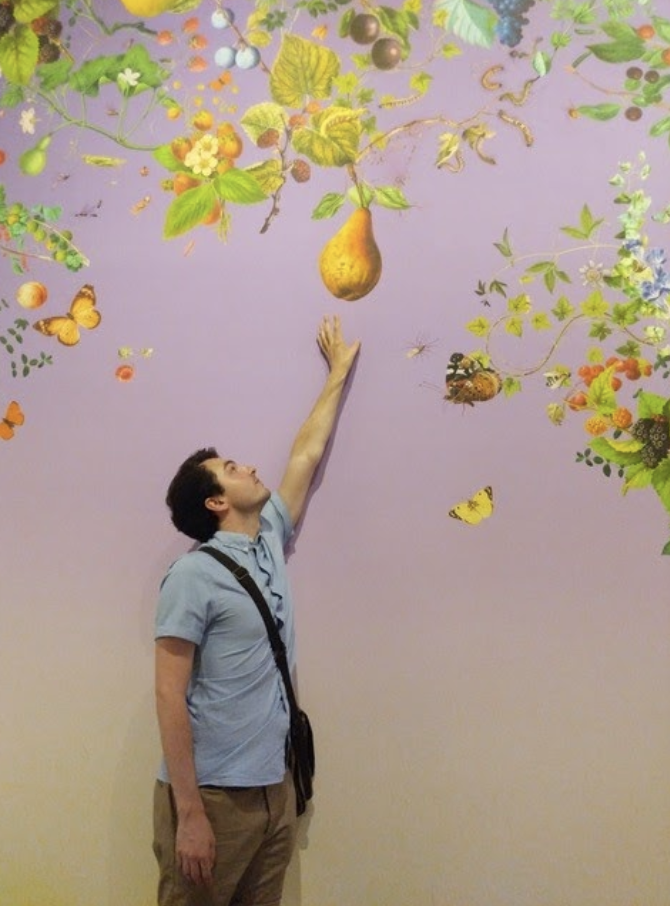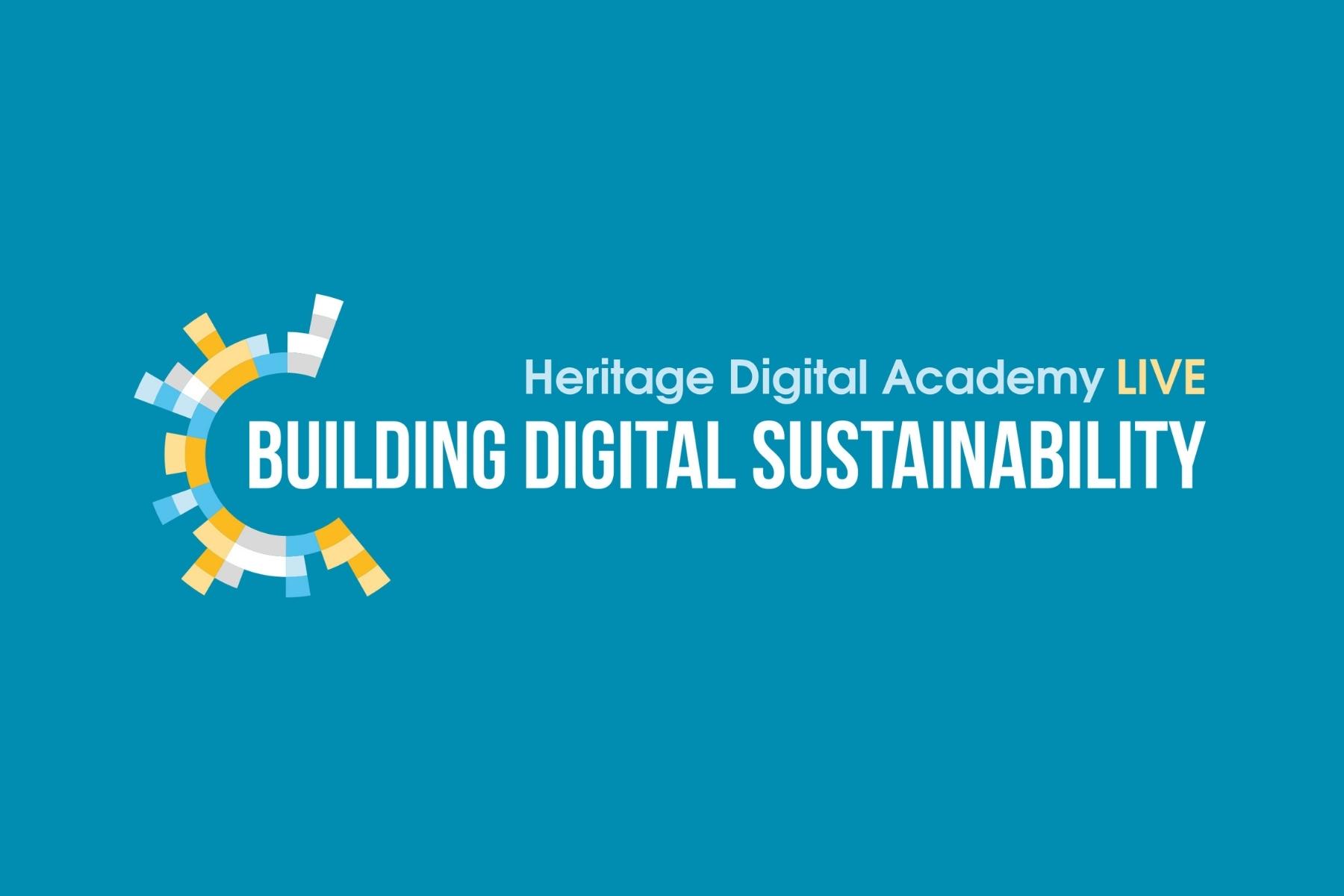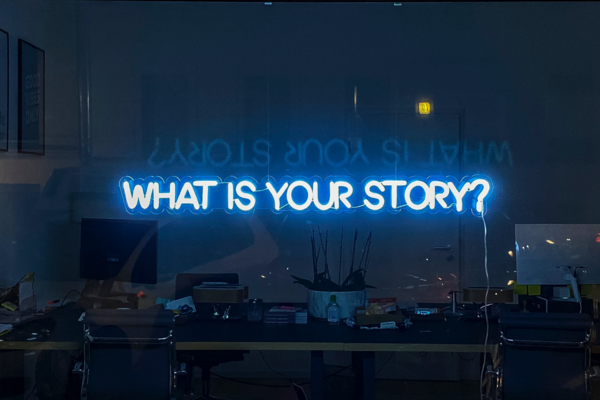Heritage Experts: Understanding Youth Digital Engagement with Heritage Sites
Ana Persinaru, External researcher in Audience Insights at Heritage Open Days shares insights from their New Wave programme
Image: Official New Wave cover photo © Heritage Open Days
New Wave is a new programme run by Heritage Open Days (HODs) which, through a series of 5 workshops and continuous support, aims to train 11 HODs partners from all over the UK to develop innovative heritage events aimed at 18-34 year olds. I was commissioned to undertake a research piece on audience insights for New Wave, looking at this youth audience segment from the point of view of their cultural consumption habits, likes, dislikes and attitudes to heritage, the findings of which I presented in one of the workshops. New Wave is an ongoing project but due to the pandemic the implementation phase has been pushed back from September 2020 to when institutions are safe to open.
“Very few things, if any, can replace an in-person experience but digital has the power to unlock a lot of hidden potential and hidden stories - for audiences that may have been hidden themselves.”
The heritage sector can find itself trapped in a vicious circle when it comes to young people: institutions say they struggle to attract young audiences and young people say heritage just isn’t for them. In many ways, digital skills can be the link to break this circle. Although New Wave focuses more broadly on engaging young people in heritage events, the digital components (from marketing to communication to digital and tech innovation of the experience itself) of an in-person event are key to getting younger audiences interested. Working in collaboration with young people, using the co-creative model for programming, is a best practice I have noticed during my research period and one that I also urged the New Wave participants to adopt (also, the fact that HODs commissioned me, a young person, to undertake this research was a very literal embodiment of sustainable practices for youth engagement!).
Above image: Journey of engaging young people infographic. © Ana Persinaru for the New Wave research paper.
My workshop for New Wave focused mainly on getting to know younger audiences in order to grow this visitor segment. The starting point of that is, for the most part, online: making use of all the free digital tools to research the personas of young people, listening to what young people care about and finding ways to adapt the institutional storytelling to include those topics, and innovating the online presence.
Very few things, if any, can replace an in-person experience but digital has the power to unlock a lot of hidden potential and hidden stories - for audiences that may have been hidden themselves. Increasing outreach via digital channels is a known way of attracting a younger and wider audience, but it is equally important for heritage sites to remember to build events or exhibitions that allow for the in-person experience to also translate into the online space. One of the greatest motivating factors for young people to attend a heritage site is the opportunity to socialise with their friends and them taking photos to then share on social media is a way of including their wider network of peers also. The individual experience becomes a shared one with a group of people wider than initially imagined, who may share interests and may, as a consequence, be motivated to engage with that heritage site themselves, all through harnessing the power that digital content has in casting a wider net.
Image: An example of integrating elements that translate well from an in-person experience to the digital sphere. © Andrew Henderson/Heritage Open Days
Incorporating these digital elements to an in-person visit taps into the experiential aspect of an engaging heritage event or visit. Young people put a lot of emphasis on how a visit makes them feel and so institutions should adapt their storytelling (both online and offline), programming and marketing in order to add more value to the ways young people consume culture. This, in turn, can make young people feel more connected to a place or indeed with ‘heritage’ as a concept, for younger audiences have broader and more personal interpretations of what heritage is. Listening to young voices and engaging in conversations online can have a really innovative influence on how an institution works.
The events of recent months have been hugely disruptive for the sector as a whole, but it also provided institutions willing to innovate online with an opportunity to engage with young audiences and listen more carefully. Though the dates for the New Wave events have been pushed back, the 11 partners have used this time to lean into each other’s knowledge, get inspiration for new types of events and build the digital skills needed to implement them. Inspired by the possibilities that come with wanting to engage young people, the challenge posed by the pandemic became a catalyst for innovation, which will definitely shine through when the New Wave festival eventually takes place.
Links:
How tech can be used to strengthen a story and broadcast it to more audiences
Heritage Digital Academy LIVE: Building Digital Sustainability
Putting storytelling at the heart of your digital marketing strategy
How tech can be used to strengthen a story and broadcast it to more audiences
The Art of Digital Storytelling
Funded by the National Lottery Heritage Fund












